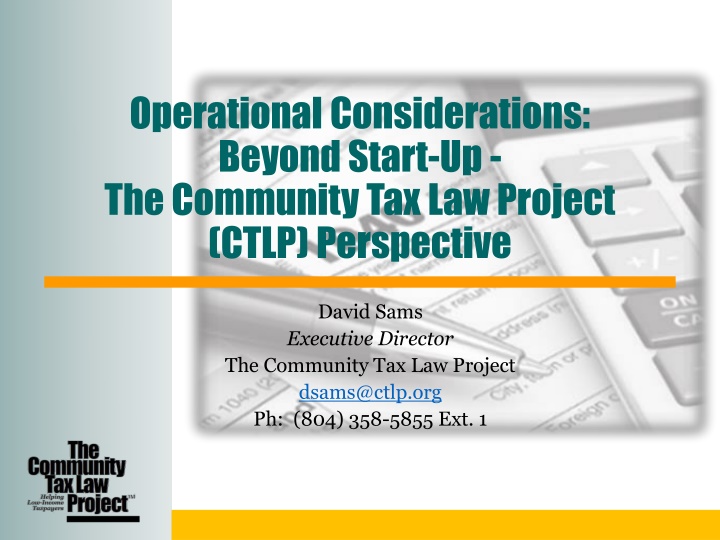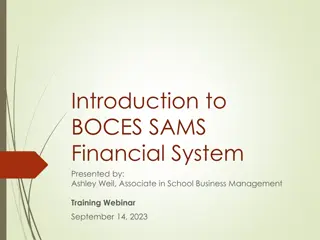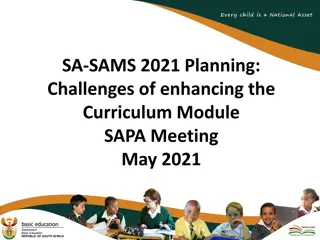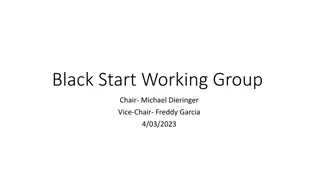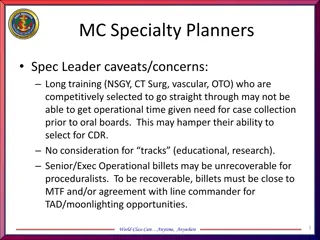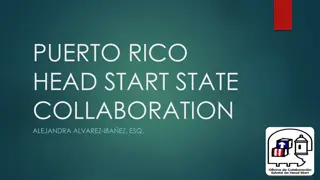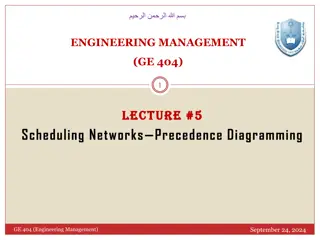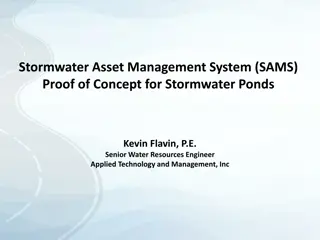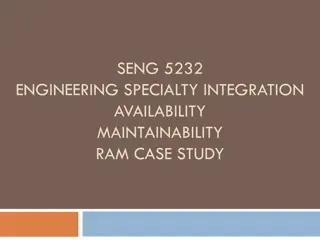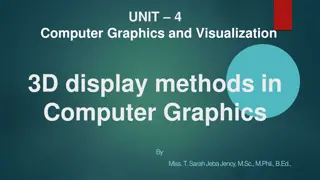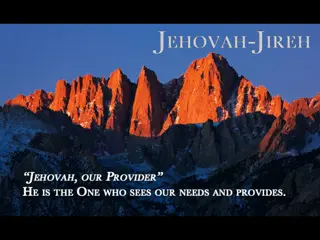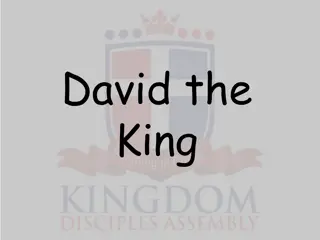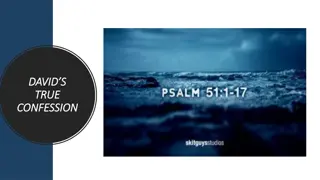Operational Considerations Beyond Start-Up: CTLP Perspective David Sams Executive Director
Brief history of CTLP, mission to provide access to justice for low-income taxpayers, importance of taxpayer rights, protection strategies, funding sources for CTLP.
Download Presentation

Please find below an Image/Link to download the presentation.
The content on the website is provided AS IS for your information and personal use only. It may not be sold, licensed, or shared on other websites without obtaining consent from the author.If you encounter any issues during the download, it is possible that the publisher has removed the file from their server.
You are allowed to download the files provided on this website for personal or commercial use, subject to the condition that they are used lawfully. All files are the property of their respective owners.
The content on the website is provided AS IS for your information and personal use only. It may not be sold, licensed, or shared on other websites without obtaining consent from the author.
E N D
Presentation Transcript
Operational Considerations: Beyond Start-Up - The Community Tax Law Project (CTLP) Perspective David Sams Executive Director The Community Tax Law Project dsams@ctlp.org Ph: (804) 358-5855 Ext. 1
A Brief History of CTLP CTLP was incorporated in 1992 by founder Nina Olson as the first stand alone low-income taxpayer clinic BUT
A Brief History of CTLP (Continued) the idea did not begin there.
A Brief History of CTLP (Continued) The idea for CTLP begins with Nina NOTICING a PROBLEM within her COMMUNITY. That PROBLEM was a lack of access to justice for low-income individuals in the tax systems.
Arriving at a Mission CTLP strives to provide access to justice for low-income taxpayers. BUT this is incomplete
Why Do We Strive for Justice? Nina Olson believed that taxpayers have RIGHTS! These RIGHTS are the REASON behind the MISSION. This is the WHY that pushes us to STRIVE to bridge the access to justice gap.
Taxpayer Bill of Rights 1.The Right to Be Informed 2.The Right to Quality Service 3.The Right to Pay No More than the Correct Amount of Tax 4.The Right to Challenge the IRS s Position and Be Heard 5.The Right to Appeal an IRS Decision in an Independent Forum 6.The Right to Finality 7.The Right to Privacy 8.The Right to Confidentiality 9.The Right to Retain Representation 10.The Right to a Fair and Just Tax System https://www.irs.gov/taxpayer-bill-of-rights
How Do We Protect These Rights? More than one type of LITC: 1. Academic Clinics 2.Legal Aid Clinics 3.Stand Alone Clinics - CTLP
Where Does the Money Come From? CTLP s funding comes from the following sources: 1. Federal funds through the LITC grant program; 2. State funds through the VA State Bar; 3. Private Foundations; 4. Corporate/Firm Sponsorship; and, 5. Individual donations - money and time.
Does Everyone Receive the Same Assistance? CTLP Provides Assistance to Taxpayers in Three Main Ways: 1. Representation full legal services to resolve a controversy 2. Brief Advice concise advice when representation is not necessary 3. Education address community needs more generally
How Do You Assess Community Needs? TIP #1 BECOME PART OF YOUR COMMUNITIES (yes, there is more than one!) TIP #2 YOU DO NOT KNOW ALL OF THE NEEDS OF YOUR COMMUNITIES TIP #3 - YOU ARE NOT IN THE BEST POSITION TO ASCERTAIN THE NEEDS OF YOUR COMMUNITIES
Community Example AGRICULTURAL FARMWORKERS CTLP serves this community by physically driving to agricultural facilities (farms, nurseries, etc.) and speaking to the workers AND the farm owners (Note: the most affective outreach, advocacy, and representation is done when all key stakeholders are considered). PITFALL we thought we knew what this community needed from us we were only partly correct
NETWORKING Dont Be Afraid Networking meeting with potential partners to accomplish two main goals: 1. Tell them about your LITC work and why you are passionate about it; AND, 2. Find out about their work and passions.
NETWORKING (Continued) CTLP networks WIDELY but with a COMMUNITY FOCUS! Tip#1 Be proactive: do not expect people to come to you. Tip #2 Be creative: For example read the bio of a key person in your community and attend a meeting of an organization they are passionate about.
Advocacy Community Wide Advocacy is much more than the conversations with local elected officials. All activities of an LITC have an advocacy component building up momentum. Make sure that elected officials and their staff know about your work AND IF THEY ASK FOR YOUR HELP, TRY TO GIVE IT TO THEM.
THANK YOU CTLP welcomes all inquiries related to tax clinic work and taxpayer rights. We would love to hear from you.
